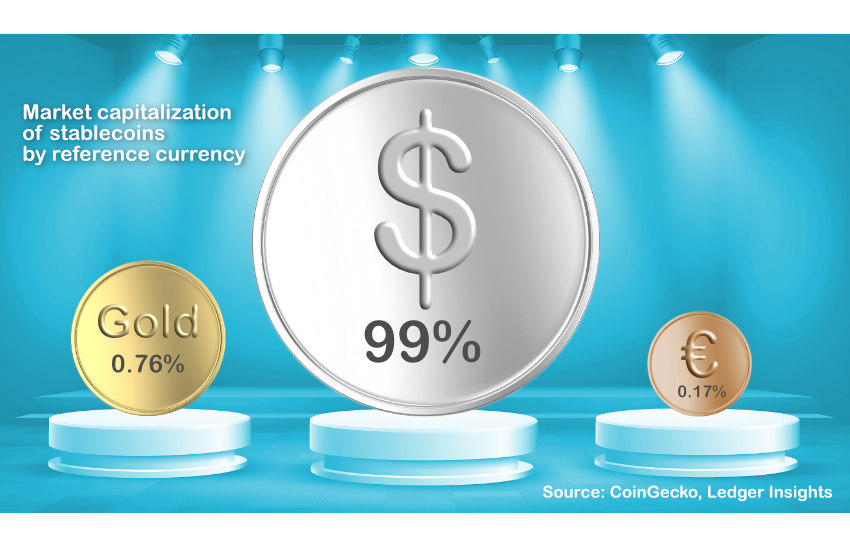Superconductors for financial services is how Stripe founders Patrick and John Collison described stablecoins, as part of the Stripe annual letter published yesterday. It follows their acquisition late last year of Bridge, the stablecoin infrastructure builder.
Bridge has often talked about SpaceX being a client, but the letter clarifies the precise use case – repatriating Starlink subscriptions from Argentina, Nigeria, and other markets.
They highlight the four key benefits of stablecoins as:
- moving money cheaper
- moving money faster
- global availability
- programmability.
David Sacks, Trump’s crypto czar recently described the potential for stablecoins to create trillions in demand for US Treasuries, reducing the cost of government debt. The Collisons compare this to petrodollars in which Saudi and other Gulf states priced oil in dollars, with the proceeds invested in Treasuries. (We’d note that while the US had a deal with Saudi Arabia relating to buying Treasuries, it did not require them to use dollars for oil pricing, according to the leading petrodollar historian.)
They’re not the first to also compare stablecoins to eurodollars, referring to the US currency circulating outside the United States (not just Europe). “We expect that stablecoins, as an easier-to-use and more accessible version of eurodollars,
will bring similar benefits to a much broader group of actors,” they wrote, mentioning the dominance of dollars in stablecoins.

Stablecoin controversy
The eurodollar topic is controversial for multiple reasons. The IMF worries that countries with exchange and capital controls could become dollarized. But individuals living in jurisdictions with collapsing currencies, want to preserve their assets.
Offshore dollars also touch on a current regulatory debate. Stablecoin issuer Circle has called on dollar stablecoin issuers to be regulated in the United States. That’s widely viewed as Circle trying to reign in its largest competitor Tether, whose stablecoin has a market capitalization of $142 billion compared to Circle’s USDC with $55 billion. Circle is also preparing for an IPO.
But there’s substance to Circle’s argument. Historically, Tether has a less than stellar record of stewardship. They were banned by the State of New York which regulates most dollar stablecoins and fined by the CFTC. That was because they went through a period when the stablecoin was not fully backed and they were not transparent about it. Despite now having substantial equity, Tether continues to take significant risks with the stablecoin reserves.
While Tether earns the outside returns commensurate with the risks, it is only bearing a tiny fraction of the downside. Instead, in a crisis, losses potentially could fall on people in emerging economies that hold stablecoins because they thought it was the safe thing to do. That might damage the dollar as a brand.






